
Free Shipping on $50+
Published on 07/03/2025
You feel it, don’t you? That nagging, persistent ache in your shoulder, the tight band across your lower back, or that tender spot in your neck that just won’t quit. You press on it, hoping for relief, only to be met with a sharp, deep discomfort that sometimes radiates outwards. If this sounds painfully familiar, you’ve encountered the unwelcome presence of a muscle knot.
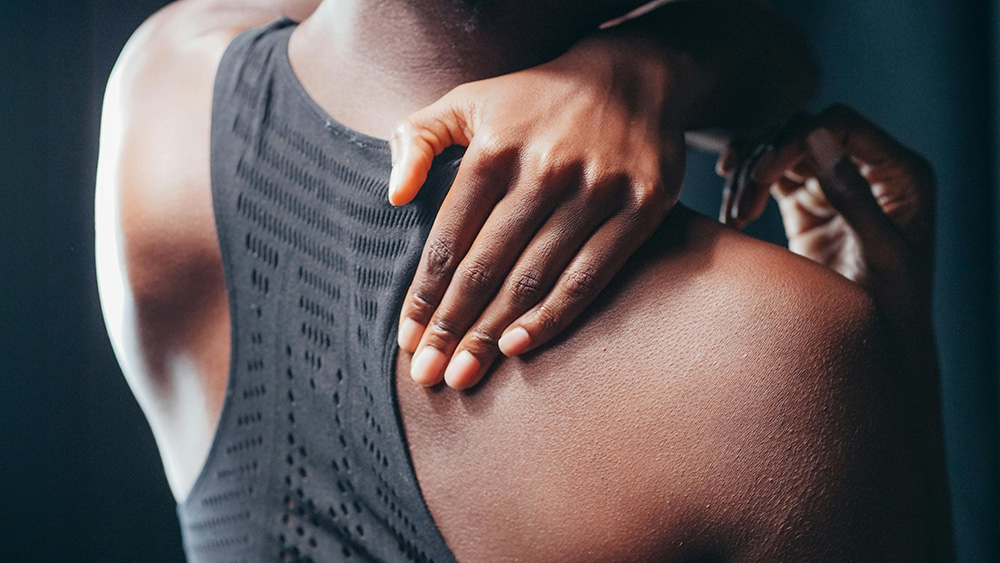
Trigger points, also known as muscle knots, can lead to pain, stiffness, reduced range of motion, and even contribute to chronic conditions if left unaddressed. Understanding what causes these knots and how to “untangle” them is the first step.
These culprits of physical discomfort are more than just a simple ache; they are a complex physiological phenomenon. Let’s dive in.
Contrary to what the name suggests, a muscle knot isn’t a literal knot like you’d find in a rope. Instead, a muscle knot is a small, hyper-irritable spot within a taut band of muscle tissue (Dommerholt et al., 2006). Think of your muscle fibers as individual strands of spaghetti. When they are relaxed and healthy, they slide past each other smoothly. However, when a knot forms, it’s as if a small section of those spaghetti strands has become overcooked, stuck together, and contracted into a dense, sensitive lump.
This lump is clinically known as a myofascial trigger point.
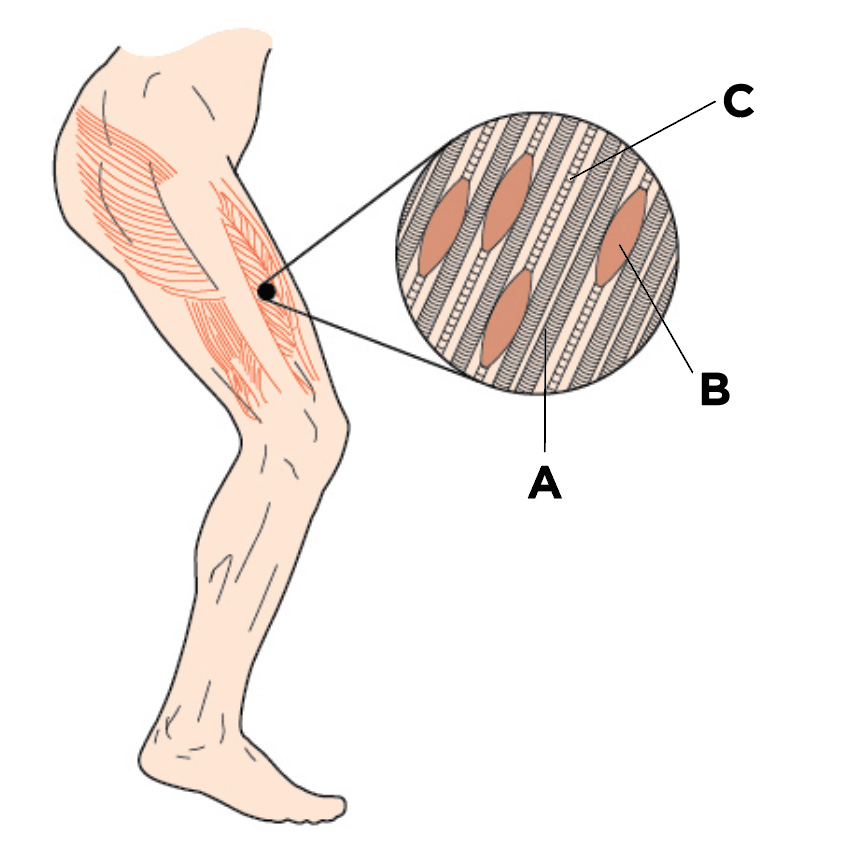
When muscle fibers are injured or stressed, they can get stuck in a contracted state. This contraction restricts blood flow to the immediate area, creating a miniature energy crisis. The affected muscle patch can’t get the oxygen and nutrients it needs to relax, and at the same time, metabolic waste products build up. This combination of stuck fibers, reduced circulation, and waste buildup creates that hard, palpable, and often painful trigger point.
Check out more information on the areas.
If you’ve ever had someone dig an elbow into a knot in your back, you know the intense pain it can cause. And sometimes, we feel the pain in a different area. This is known as referred pain. But why is this tiny spot so tender? The pain is a multi-faceted response.
This leads to one of the most defining and frustrating characteristics of myofascial trigger points: referred pain. This is pain that you feel in a location different from the actual source of the knot. It happens because the trigger point irritates a nerve that shares a pathway with other body areas. A classic example is a trigger point in the upper trapezius muscle (the muscle sloping from your neck to your shoulder), causing a tension headache that feels like a band around your head. This is why treating the site of the pain (your head) might not work if the true culprit is a muscle knot in your shoulder.
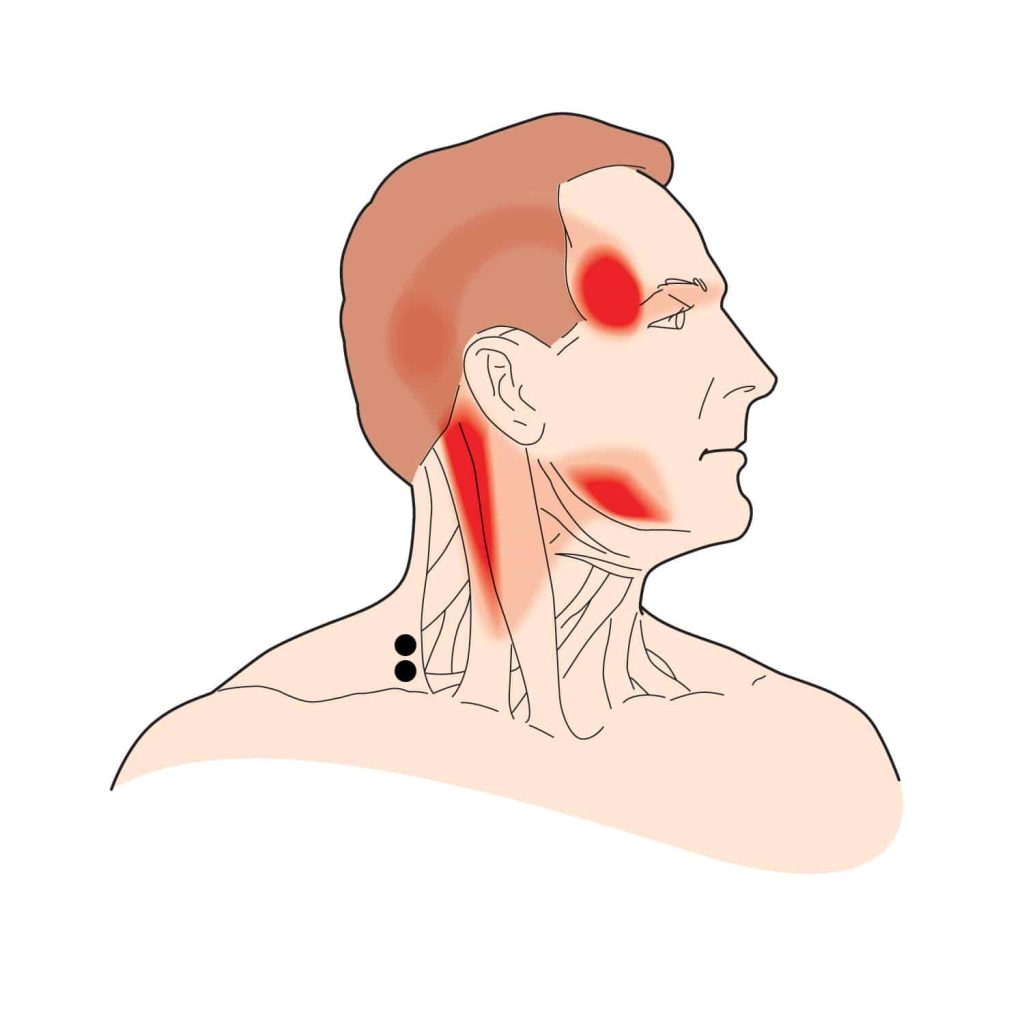
Muscle knots don’t just appear out of nowhere. They are your body’s response to some form of stress or strain. Research suggests some common causes include (Shah et al., 2015):
The immediate impact of a muscle knot is localized pain and tenderness. However, their influence extends far beyond that:
Many practical strategies exist to find relief, ranging from professional help to at-home self-care. The key is often a combination of approaches.
How Does a Medical Professional Treat Muscle Knots/Trigger Points?
Check out more Frequently Asked Questions on muscle knots.
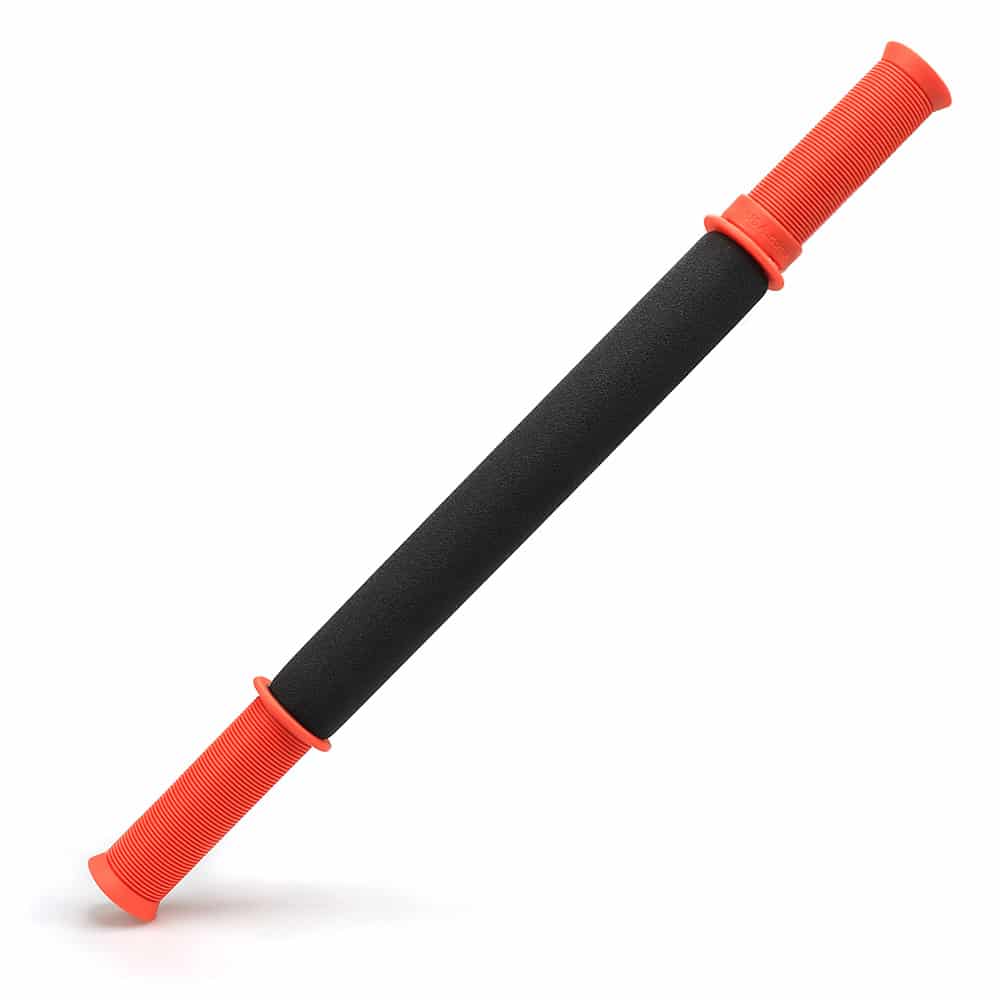
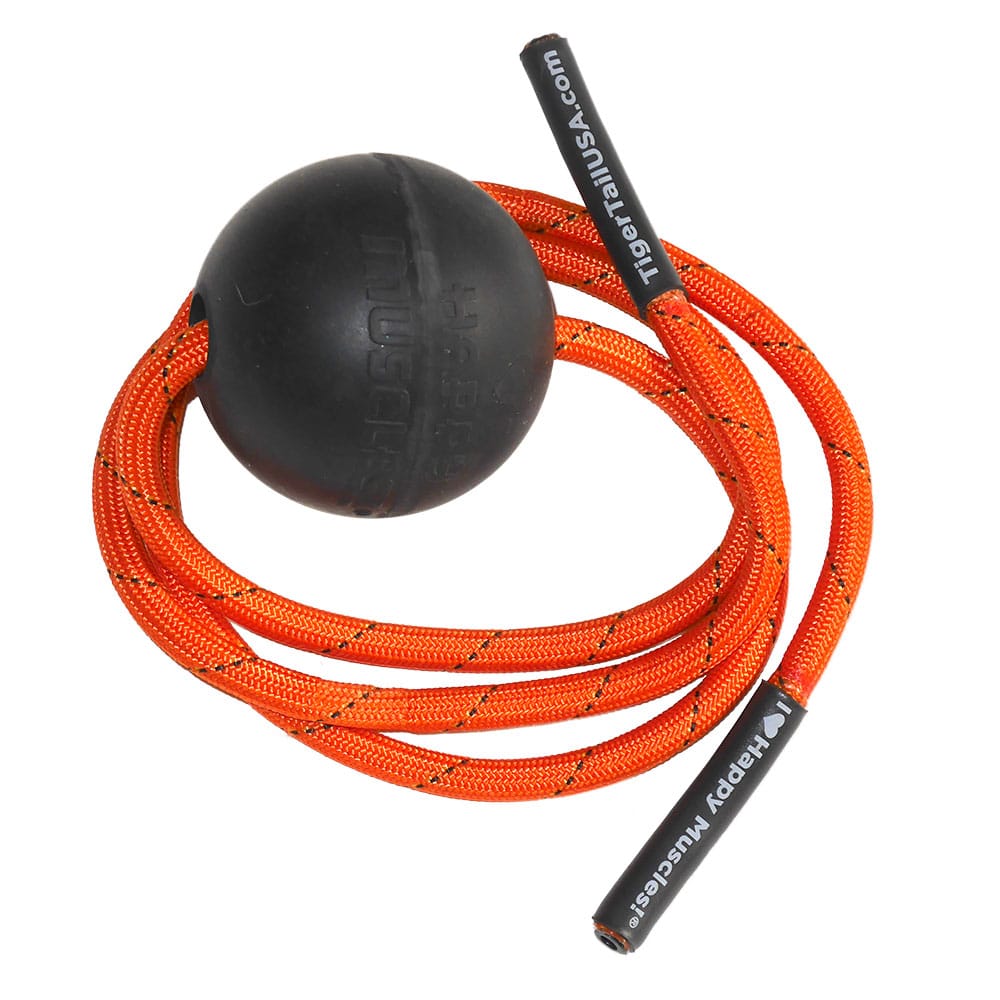
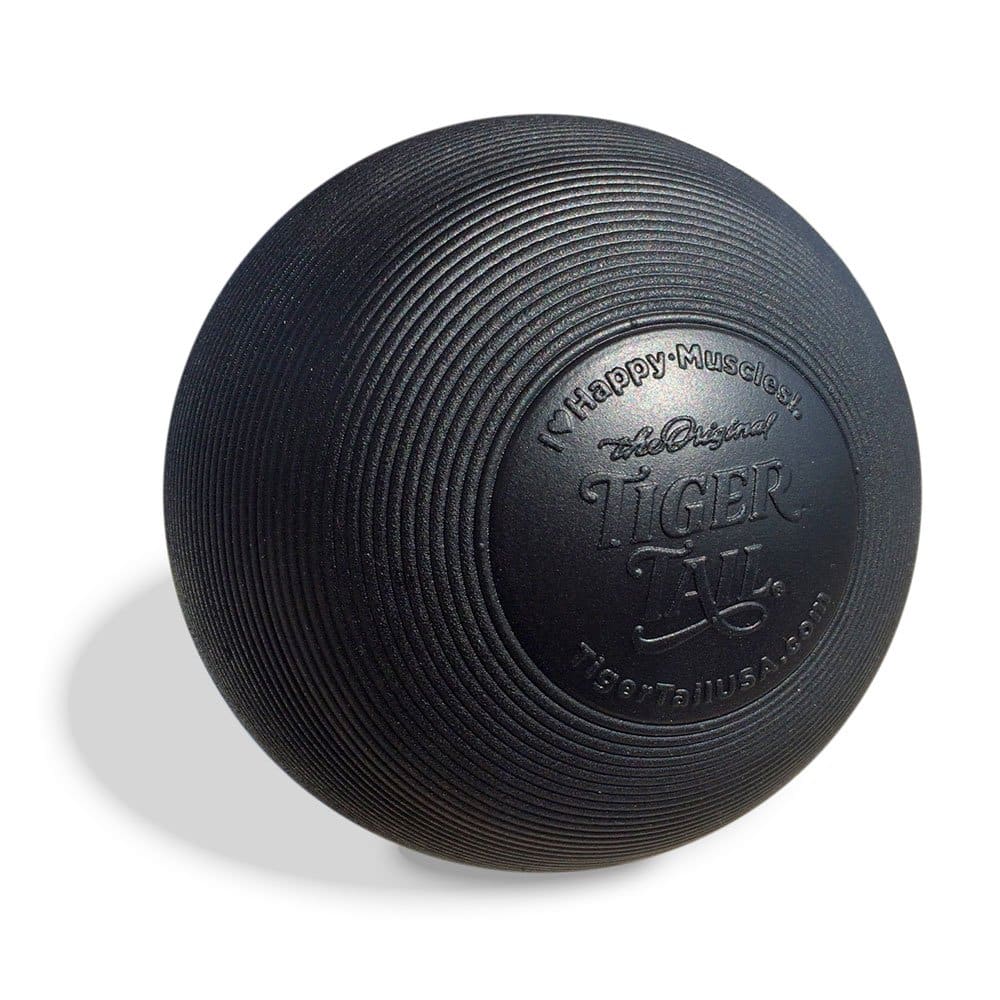
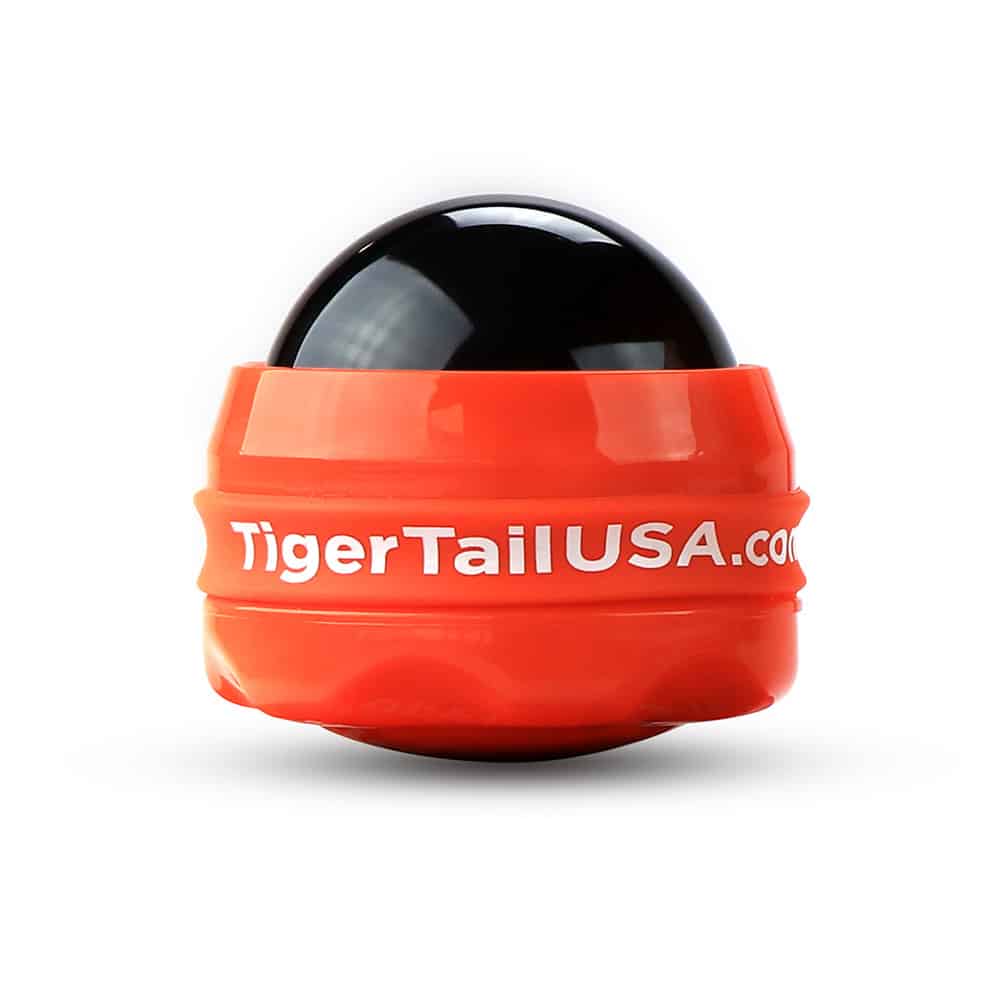
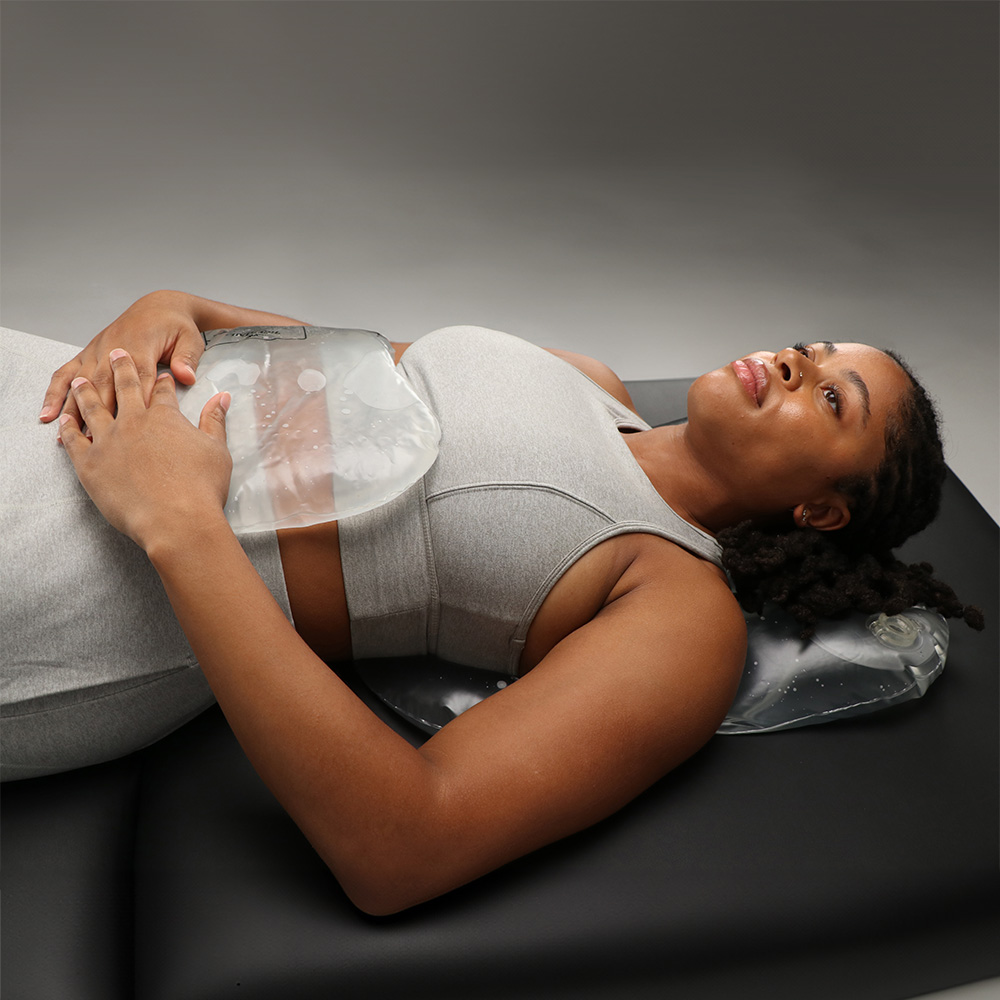
Apply Heat: We love the HydroHug® Hot Water Therapy Pillow. It works like a hot tub without getting wet! Fill with warm water and apply; soothes sore muscles and increases circulation.
Don’t let muscle knot pain dictate your life. Start by listening to your body’s signals. Try some of the self-care techniques mentioned above, like gentle stretching or self-massage with a foam roller, to see if you can find relief.
Dommerholt, J., Bron, C., & Franssen, J. (2006). Myofascial trigger points: An evidence-informed review. Journal of Manual & Manipulative Therapy, 14(4), 203–221. https://doi.org/10.1179/106698106790819991
Shah, J. P., Thaker, N., Heimur, J., Aredo, J. V., Sikdar, S., & Gerber, L. (2015). Myofascial Trigger Points Then and Now: A Historical and Scientific Perspective. PM&R, 7(7), 746–761. https://doi.org/10.1016/j.pmrj.2015.01.024
Travell, J. G., & Simons, D. G. (1983). Myofascial pain and dysfunction: The trigger point manual, Vol. 1. The upper extremities. Williams & Wilkins.
For more information on our awesome tools and programming:
Website: www.tigertailusa.com
Email: [email protected]
Disclaimer: This information is for general knowledge and informational purposes only and does not constitute medical advice. Consult a healthcare professional before starting any new exercise program.
Stay Up-to-Date!

Dr. Julie Zuleger has over 20 years of experience as a Licensed Massage Therapist, Certified Strength and Conditioning Specialist (CSCS), Corrective Exercise Specialist, RYT-500 Yoga Instructor, and Human Movement Specialist. Julie promotes self-care using massage tools and stretching-based programs and teaches continuing education courses for yoga teachers, massage therapists, athletic trainers, strength and conditioning, fitness, and wellness professionals. Julie holds a PhD in Education and is the Director of Kinesiology and Education at Tiger Tail USA.